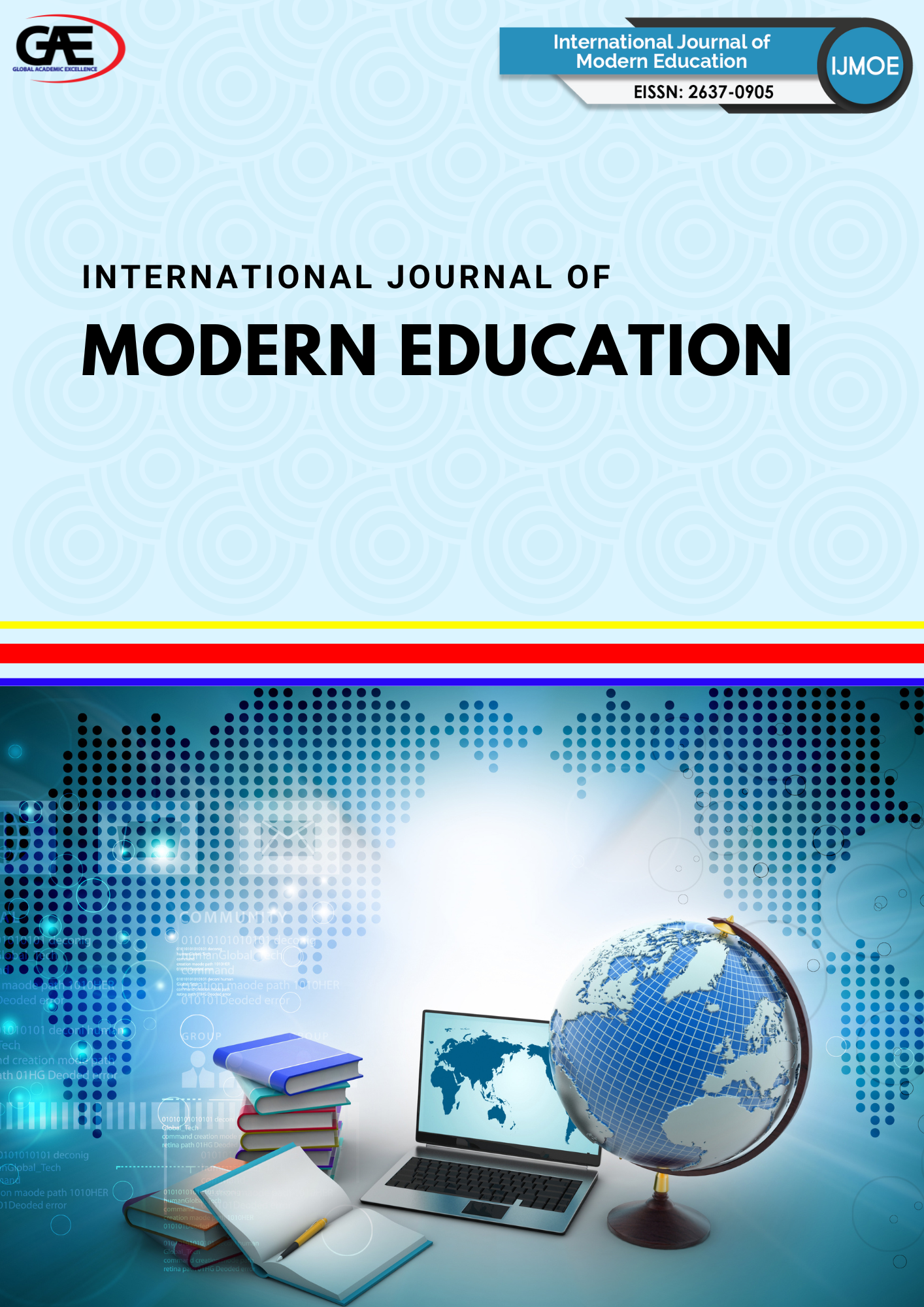ACOUSTIC APPROACHES IN SECOND LANGUAGE ACQUISITION AND LEARNING: A BIBLIOMETRIC STUDY
DOI:
https://doi.org/10.35631/IJMOE.726026Keywords:
Second Language Acquisition (SLA), Learning, Acoustic Study, Phonetics Analysis, Speech Sounds, BibliometricAbstract
This bibliometric study investigates research trends and scholarly developments in the application of acoustic approaches to second language acquisition and learning (SLA). In recent years, the use of phonetic analysis, acoustic feedback, and speech technologies has played an increasingly important role in understanding how learners perceive and produce speech in a second language context. Despite the growing body of research, a comprehensive overview of the global patterns, influential works, thematic structures, and collaboration networks in this field remains limited. To address this gap, this study employed a bibliometric approach using data retrieved from the Scopus database between 2010 and June 2025. The search strategy utilized seven targeted keywords second language acquisition, learning, language, acoustic study, phonetic analysis, phonetic, and speech sounds resulting in a final dataset of 580 documents. Analytical tools including Scopus Analyzer, OpenRefine, and VOSviewer were used to clean, process, and visualize the data through descriptive metrics and network maps. The findings indicate a significant increase in publication output, particularly between 2020 and 2024, reflecting a rising interest in integrating acoustic and phonetic tools in SLA research. The research output was primarily concentrated in the social sciences and arts and humanities, with meaningful contributions from computer science and psychology. Highly cited keywords such as "speech perception," "phonetics," and "bilingualism" highlight the interdisciplinary focus of the field, while the co-authorship network shows strong international collaboration led by countries such as the United States, China, and the United Kingdom. This study contributes by identifying dominant research directions and offering a foundational reference for future investigations. It further underscores the value of bibliometric methods in tracing the evolution of acoustic-based SLA research and highlights the potential for technological innovations to support language learning practices.






